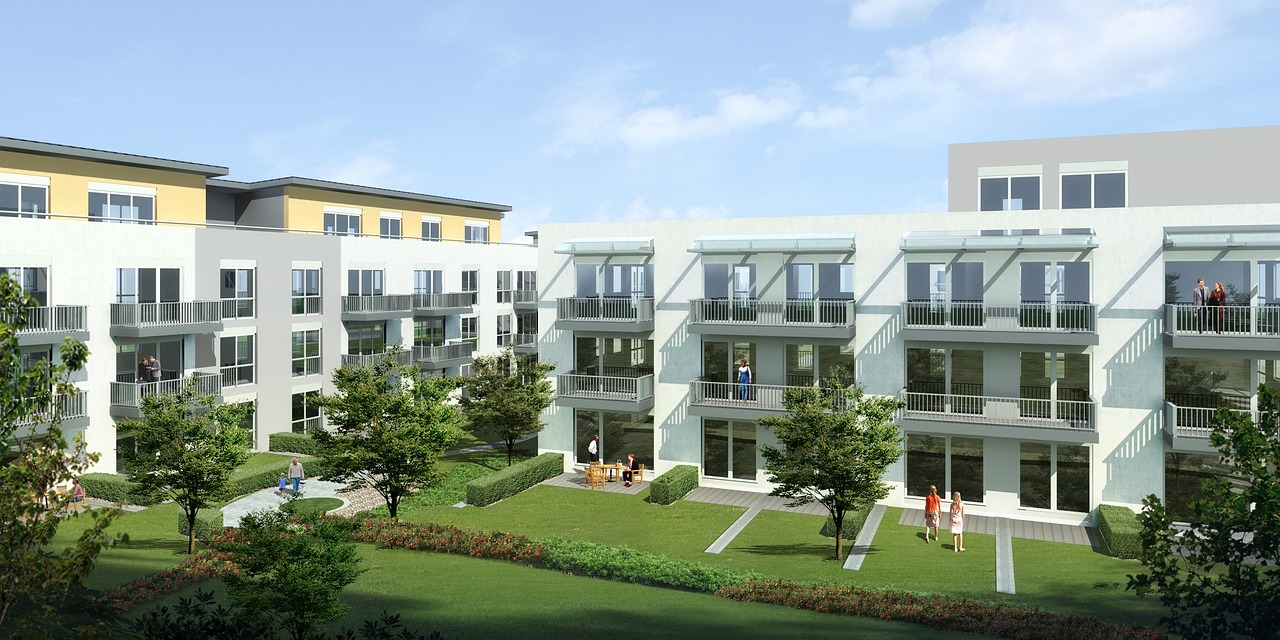What Real 'Smart Buildings' Actually Look Like

Smart buildings aren't futuristic—they're already helping companies cut costs, operate more efficiently, and stay flexible. Integrated systems adjust lighting, HVAC, and power in response to real-time conditions, reducing waste and improving performance without constant oversight.
The real value isn't in individual gadgets—it's in how systems work together. Modular power, adaptive climate controls, and predictive maintenance allow teams to respond faster, reconfigure spaces easily, and avoid downtime. For owners and operators, that means fewer delays, lower operating costs, and buildings that stay useful longer without ongoing retrofits.
Power Distribution That Moves With the Layout
Real smart buildings have flexible electrical setups that allow for quick layout changes without long delays. Overhead solutions like a Track Busway system are a great example—they allow users to deliver power wherever it's needed, fast. This helps spaces adapt quickly when tenants have new needs. It also cuts down on messy cords and unused wiring, keeping things clean and organized.
Since making the most of space is so important in today's buildings, it's smart to plan for this kind of flexibility from the start. For instance, modular ceiling grids with integrated power connections allow for lighting and outlets to be moved easily without rewiring. Using a modular approach to power systems keeps spaces looking sharp and easy to rearrange, supporting both function and design.
Responsive Systems for Comfort and Efficiency
Advanced environmental controls are a defining trait of smart buildings, helping to maintain comfort while reducing energy waste. Demand-controlled ventilation, for example, adjusts airflow based on real-time occupancy, keeping air fresh without overworking the system. Zoned HVAC systems take this further by treating only the spaces in use, rather than the entire building.
Technology performs best when systems are integrated. Occupancy sensors can trigger temperature adjustments as people enter or leave a room, while centralized platforms handle the changes in the background. Routine calibrations help systems run smoothly, creating a space that quietly adapts to its occupants without requiring constant oversight.
Infrastructure That Talks to Itself
Data is the backbone of a truly smart building, but its value grows when systems not only monitor but also predict. Newer platforms are beginning to use machine learning to anticipate issues—flagging patterns that suggest equipment wear or inefficient usage before it becomes obvious. Central dashboards still offer real-time visibility, but the shift is toward proactive insight, helping teams respond to needs before problems surface.
As buildings become more connected to city-wide infrastructure and renewable energy grids, this data-sharing opens up new possibilities. Smart buildings can help balance energy loads, contribute to sustainability targets, and interact with the broader urban ecosystem in real time.
Design That Adapts to Multiple Tenant Types
Smart buildings are designed to fit many different kinds of users. They allow spaces to shift as needed. For instance, removable walls make it easy to turn open spaces into private offices or meeting areas. Power and internet hookups placed throughout the space make it simple to set up workstations wherever they're needed.
This flexibility draws in a wide range of tenants and helps keep them around by meeting their needs without a lot of hassle. For example, adjustable lighting systems with programmable settings can cater to different work environments, whether a team needs bright focus lighting or softer tones for creative sessions.
Operations Teams That Actually Use the Data
Management teams in smart buildings use data to improve efficiency. Real-time tracking helps them catch maintenance issues early. For instance, sensors installed in ceiling tiles can detect rising humidity levels that may point to a slow leak in the plumbing. Building systems can alert them to leaks, uneven temperatures, or inefficiencies, allowing for quick fixes before problems get worse.
Data also helps fine-tune building operations, such as adjusting cleaning schedules based on actual usage. The result is a more cost-effective approach that also creates a more comfortable environment for tenants. Ongoing review of usage patterns allows teams to improve building management and better respond to the needs of those using the space.
Smart buildings reshape how we experience space—making it adaptable, intuitive, and easier to manage. Automated systems handle lighting, airflow, and temperature based on real-time conditions, cutting down on manual adjustments. Power and data setups shift quickly with layout changes, keeping spaces clean and functional. Sensors catch issues early, streamlining maintenance and improving efficiency. Tenants benefit from smoother day-to-day use, while operations teams gain valuable insights from data. These buildings aren't just tech upgrades—they represent a shift toward smarter, more responsive environments. Starting small, even with a single system, can reveal how powerful these changes are for people and performance alike.
Published 5/5/25